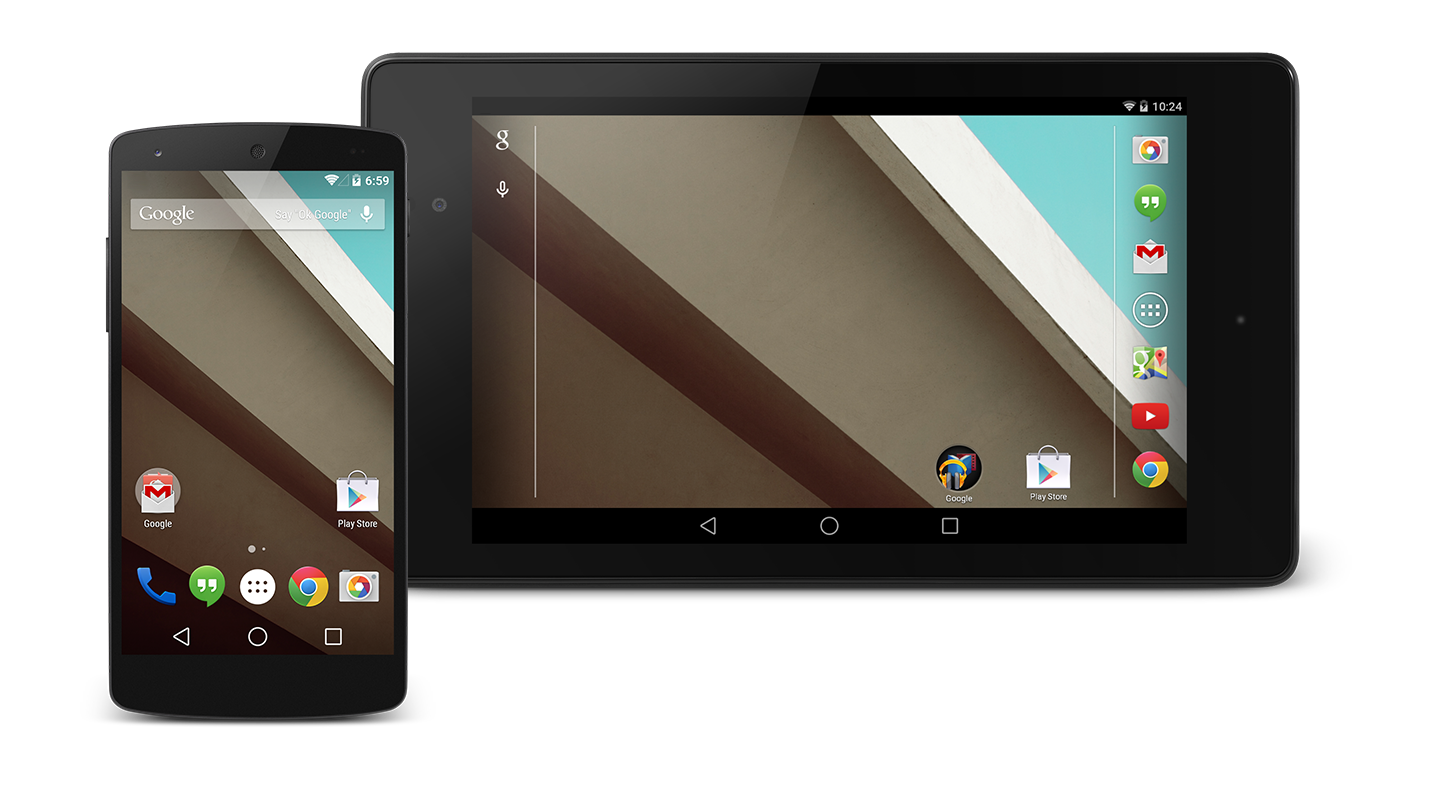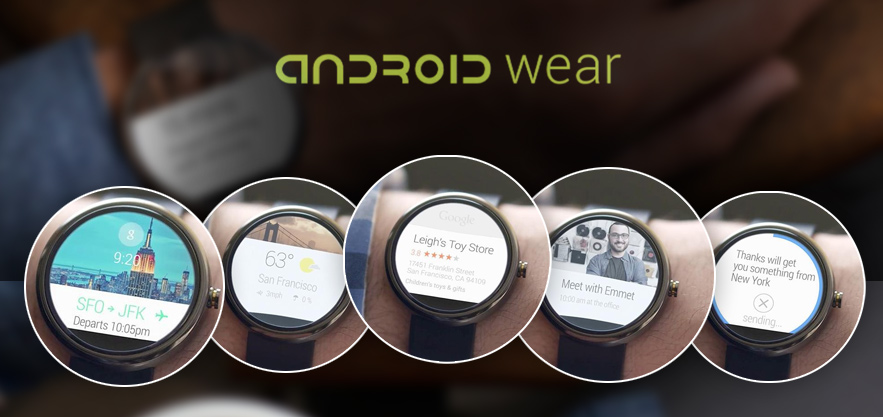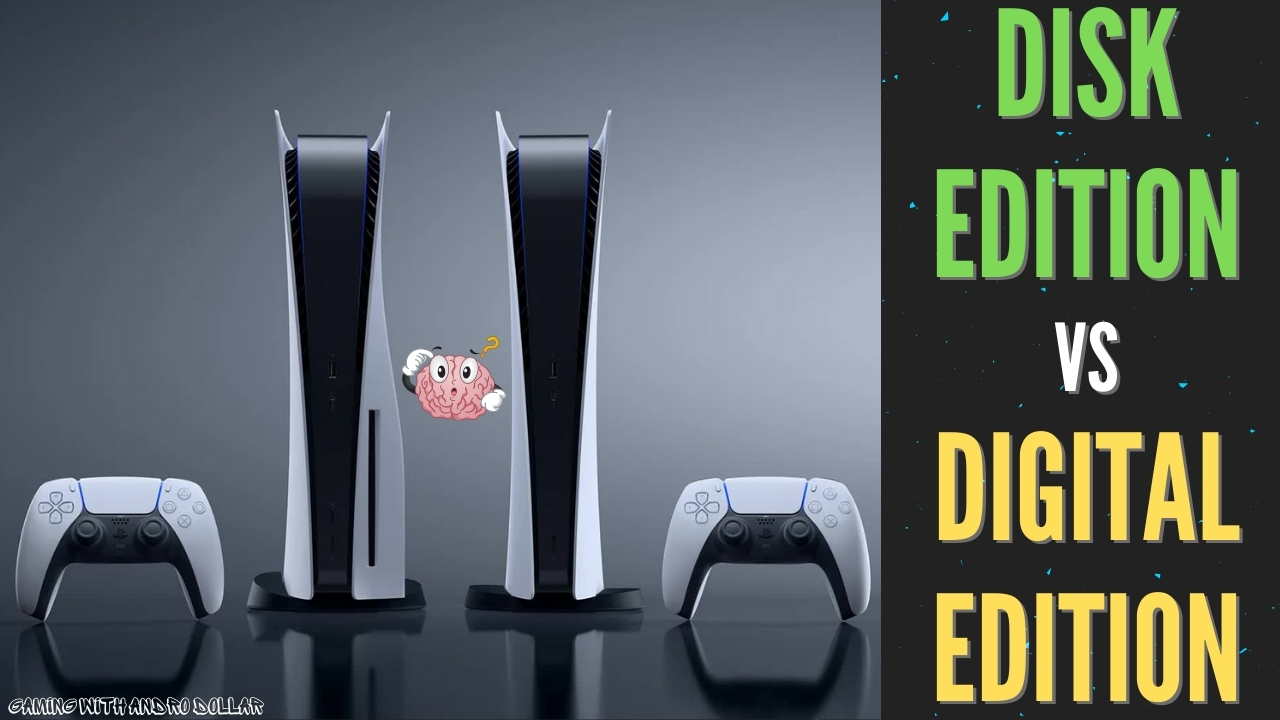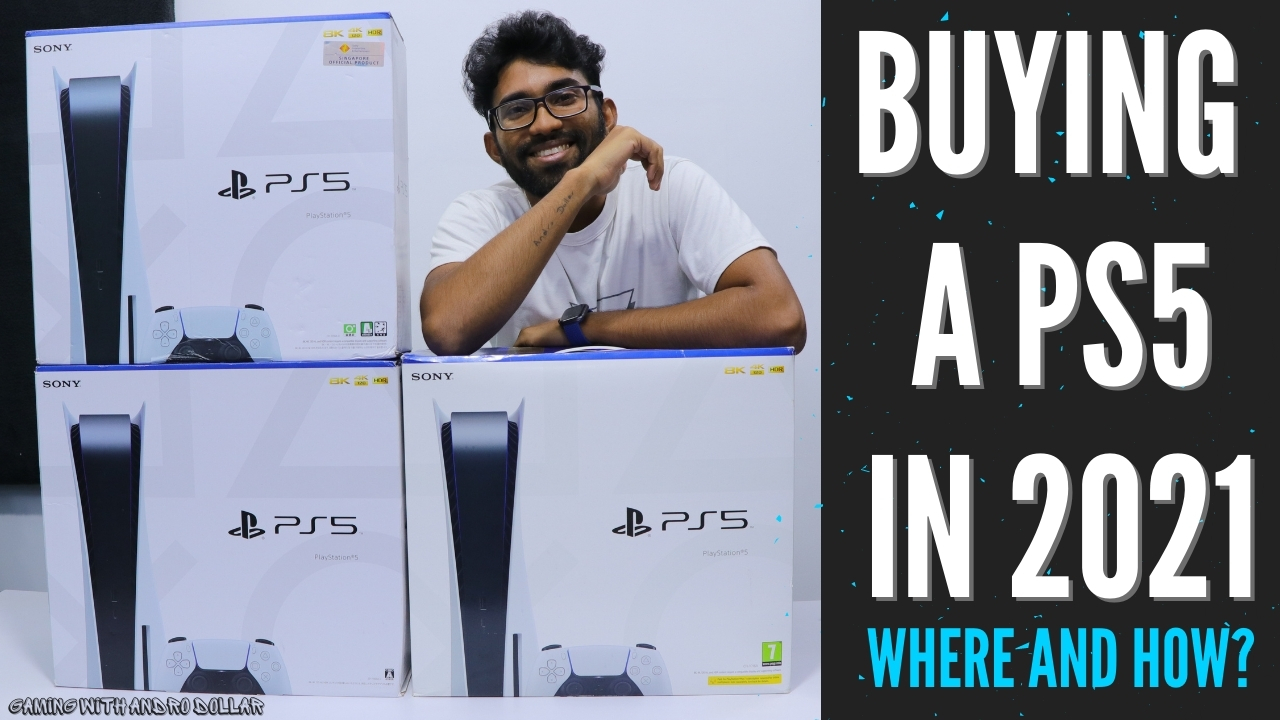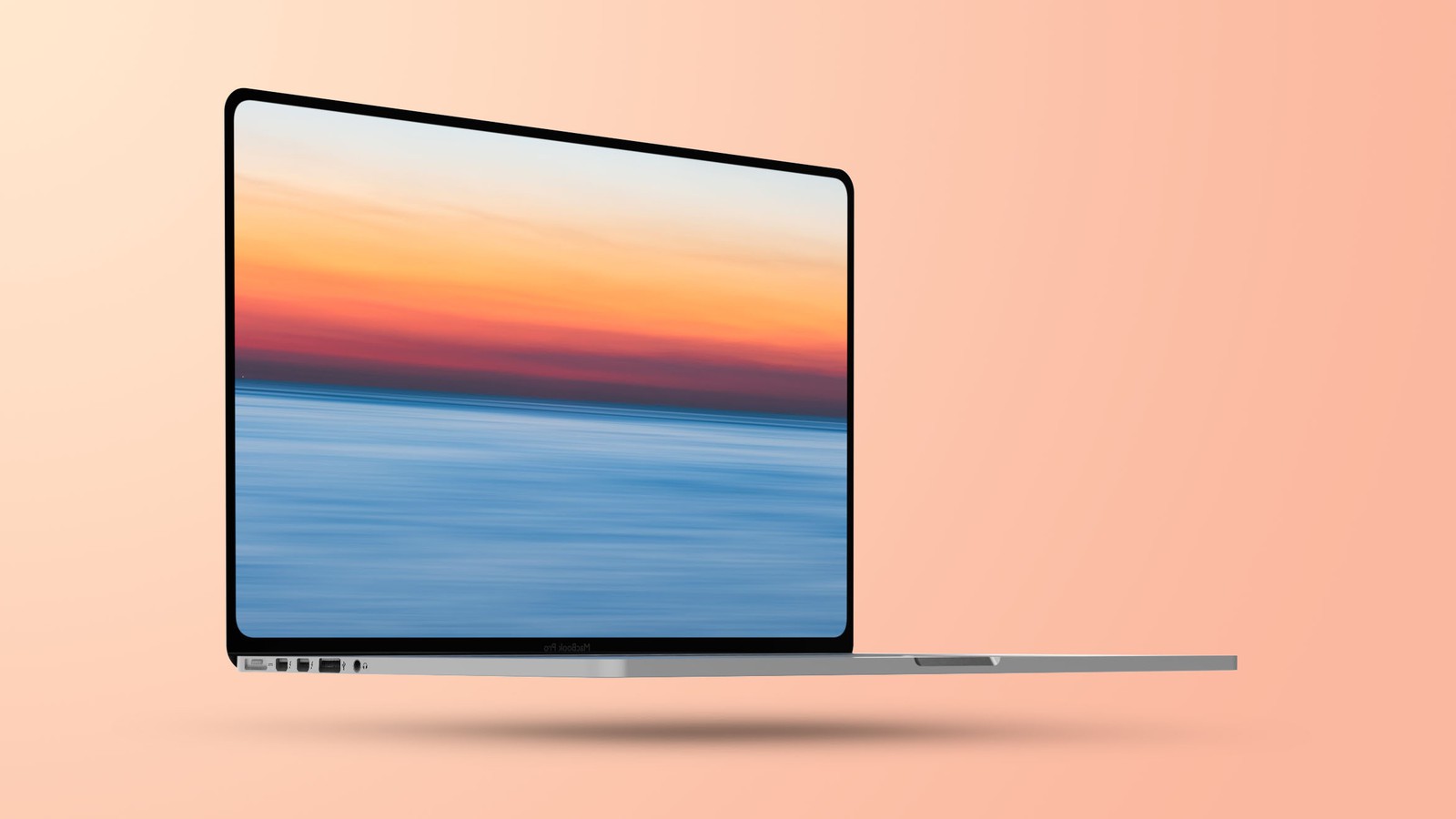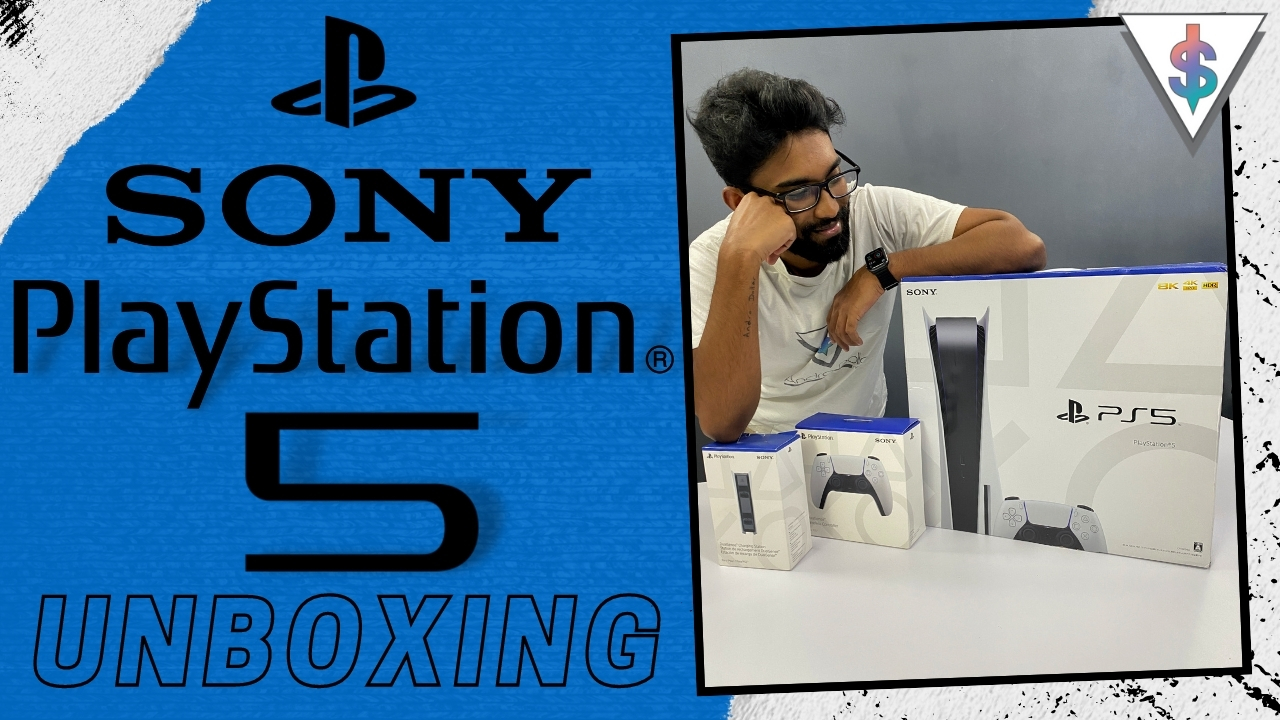In what is a change to its usual manner of handling new Android releases, Google has announced a developer preview of the upcoming Android L release. Previous the search giant would unveil a new version of its platform at the I/O event, making it available for download almost immediately.
Now, we’ve got a developer preview that will only serve for developers to play with and optimize their apps with the actual public release coming later on.
The Android L (final name and version number yet to be confirmed) brings various changes to the UI, with refreshed status bar, dialer and just about every other system apps. Google has also redesigned the transition animations so they look cooler and more natural.
The notifications have been enhanced and are now available on the lockscreen. You can either tap a notification from there and be taken to the app responsible for it, or you can swipe it right off.
The Chrome browser, which has been the default Android browser for some time now has been upgraded as well. It offers a new fluid design with the different parts of its UI changing size to give you easier access to the most relevant options. Its performance has also been tweaked and the GUI rendering has been fixed at 60fps making scrolling around appear extra smooth.
The Recent Apps has a new look, it has an awesome card like interface which is very simplistic and the notification bar has also had a makeover and also follows the new minimalist style.
The new runtime environment in the L release is ART, launched as an alternative to Dalvik in KitKat. ART allows apps to run faster and is compatible with ARM, x86 and MIPS architectures. In addition to performance gains, it also provides better memory benefits and is supports 64-bit.
Performance isn’t the only thing Google wants to improve with the L Release. The battery performance is also important and to make it better, Google introduced Project Volta.
There’s a new Battery Saver mode, which can tune down the CPU, turn off the phone’s radio and as a result extend its power autonomy. On the Nexus 5, for example, this should earns you 90 minutes additional usage time.
Another major change Google introduced is a separation between personal and work data. No modification to existing apps is needed, Android will keep the data separate and secure. Company IT admins will be able to bulk deploy apps to employees.
Samsung contributed a lot of what it developed with KNOX but the feature will work on devices by any manufacturer. Best of all you don’t need Android L, this feature will be brought to any Android 4.0 Ice Cream Sandwich and above.
Android L also unifies the fitness tracker experience into one app, Google Fit (hi, Apple HealthKit). It will pull data from sensors in your phone, your smartwatch and other wearables. Nike Fuelband is one, but Adidas, Motorola, LG, Bais, Polar, RunKeeper, HTC and even Intel will be bringing supported devices.
Google Fit will track steps, your sleep and other health metrics. Apps will be able to request access to this data, but it’s up to the user to allow it.
The factory images for the Android L release on the Nexus 5 and Nexus 7 will be released tomorrow for developers to play with them. Over the air updates for end-users will arrive in the Fall.
